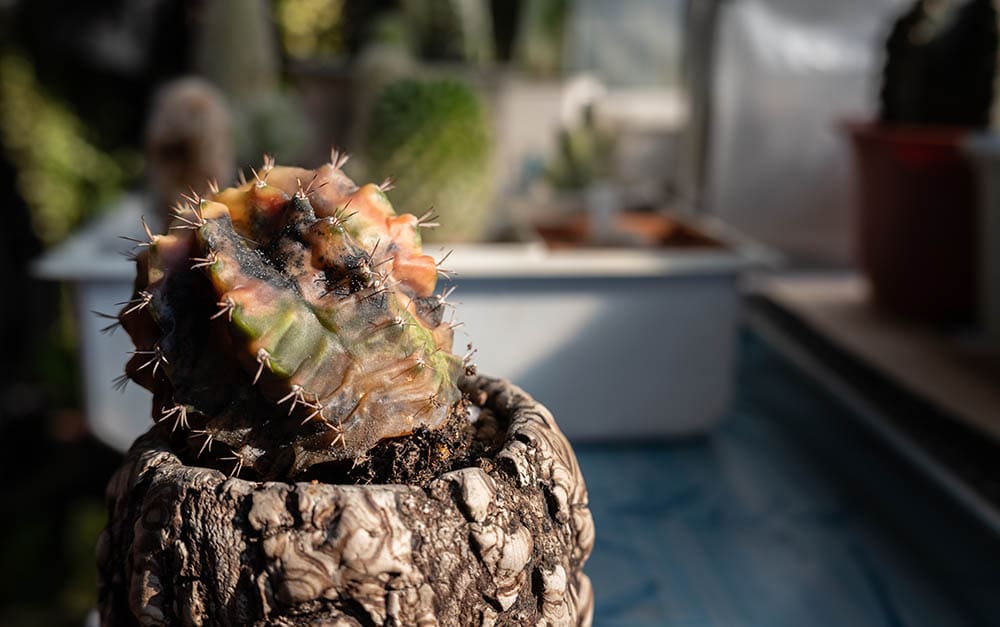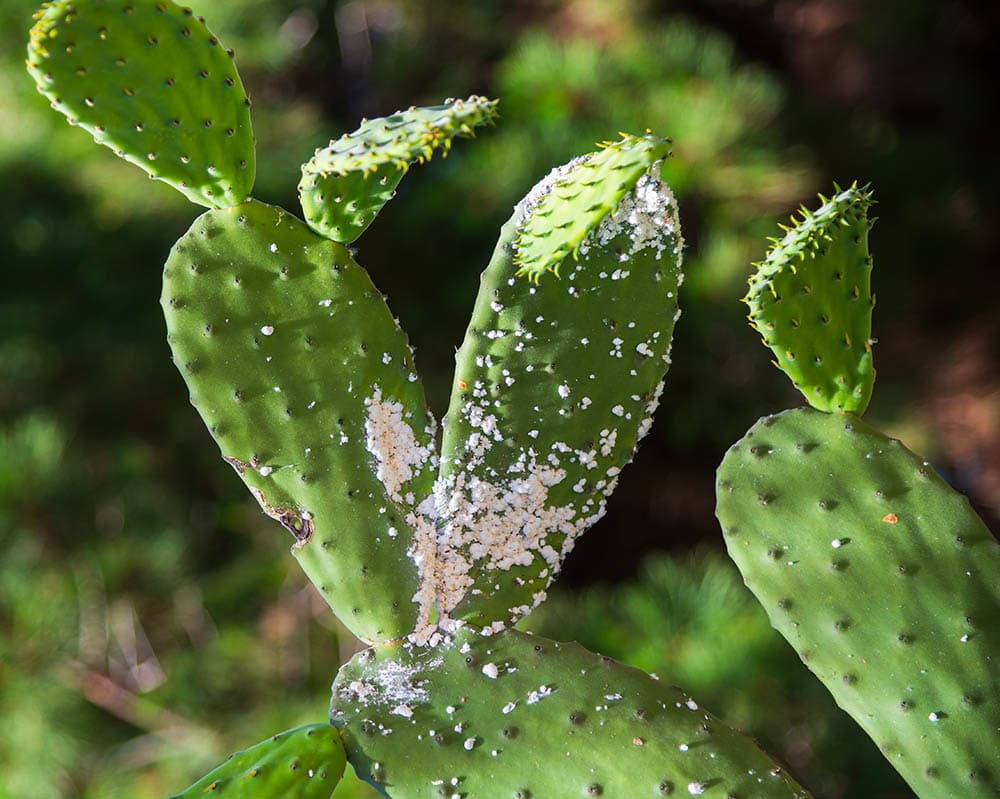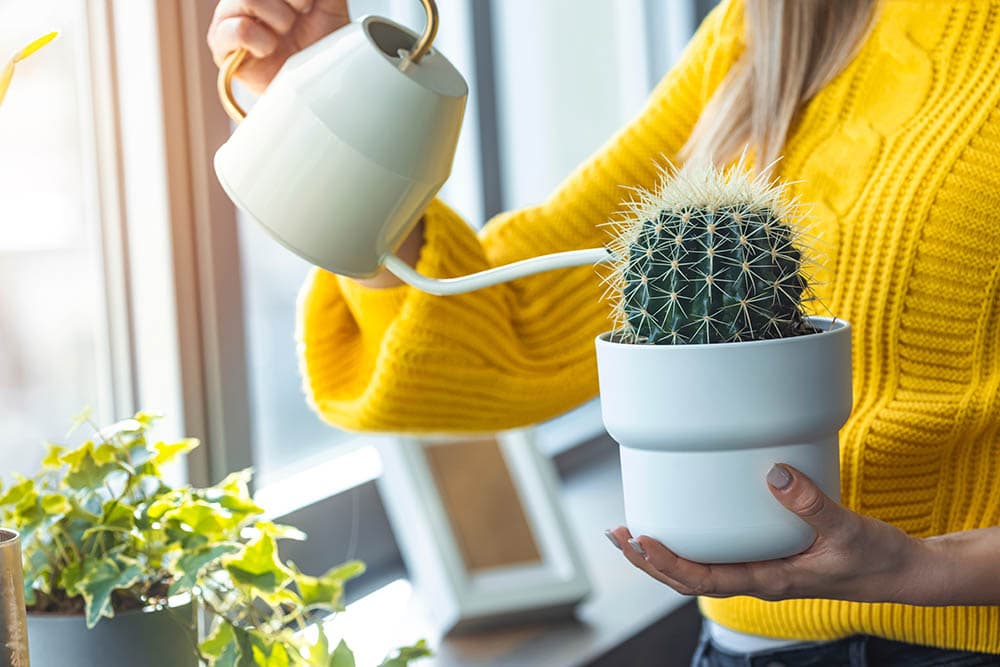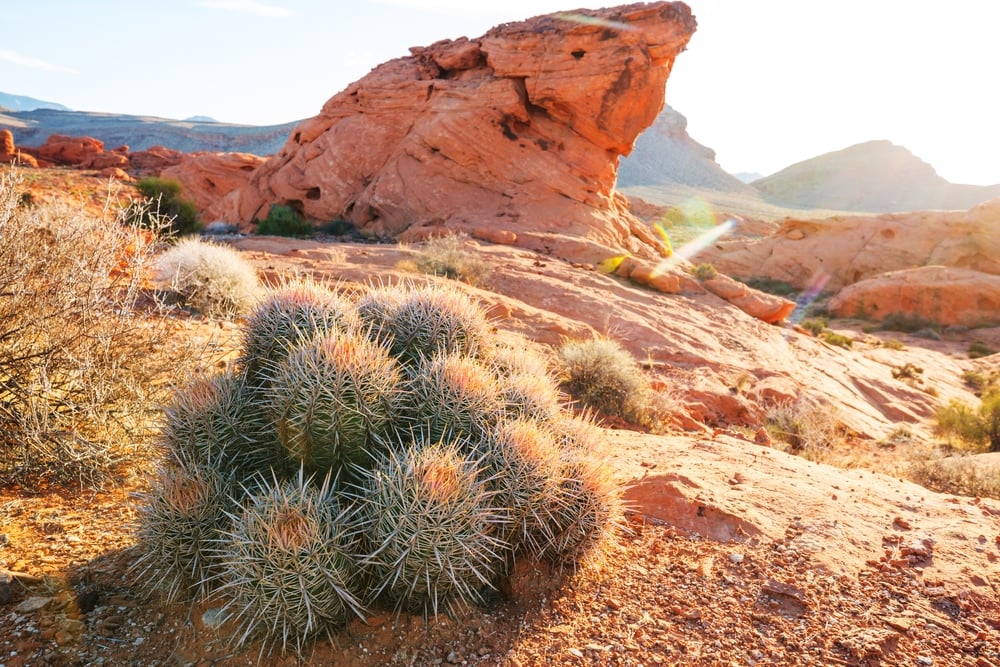How Long Can a Cactus Go Without Water? Facts & FAQ
-
Pete Ortiz
- Last updated:

Cactus from the Cactaceae botanical family is a desert plant that is quite a prominent scene in homes. The plant is a succulent; it stores water in its roots, leaves, and stems and can thrive through extended periods of drought. However, believing that cacti can survive entirely without a means to replenish their thirsty stem is unreasonable.
How Long Can a Cactus Go Without Water?
The correct answer to this question depends on various aspects, including the size of the cacti and whether it has a complex root system because of frequent underwatering. While house cacti can survive for about six months without water, cactus growing in an arid area can survive up to two years!
Read on if you are curious about cacti, how much water the plants need, and how long they can survive without water!
Will a Cactus Die If It Lacks Water?

A cactus is a plant, meaning it needs water for photosynthesis. While it adapts well to harsh environments and arid climates, the lack of water can kill its roots and slow growth.
Depending on the plant’s conditions, it can survive through months or years of drought. Cacti growing in the desert are hardier and can thrive for longer without water than an indoor cactus.
When cacti adapt to underwatering, they develop succulence, increasing their water retention ability. Whether the plant has a cylindrical, spherical, or semi-cylindrical shape, its body volume is greater than its surface area, making it less susceptible to dehydration.
Desert Cactus

Unlike indoor cacti, a cactus growing in arid conditions undergoes unique physiological modifications to increase its water storage capacity and reduce water loss. For instance, it will have shallow roots spread out for better moisture absorption. It will also have a thick, spongy stem with slimy mucilage cells that ensure reduced evaporation of stored water.
Moreover, the tiny and sunken stomata of the cacti only open during the night to dodge evaporation during daylight hours. This, coupled with the thick waxy epidermis and spines instead of leaves, ensure minimal water loss during transpiration and evaporation. These physiological modifications allow the plant to survive without water for up to two years.
Indoor Cactus
Cacti growing in a pot can die in about six months if it lacks water. Its roots can only travel so far in search of moisture, making the plant vulnerable when under-watered. While the succulent will still conserve water in its stem for longer periods compared to other house plants, extended dry spells can kill the root system and cause wrinkling of the leaves.
How Much Water Does an Indoor Cactus Need to Survive?
Your indoor cacti require less water than those growing in your yard or the desert. Roughly, a cactus needs just a few sips of water weekly, although the specific amount of moisture it needs depends on various factors. The surest way to avoid overwatering or underwatering is to water the plant thoroughly and only add more water when the potting is entirely dry.
Here are five main factors that influence how much water your indoor cactus needs:
1. Cacti Species

The cacti species is broad, and each plant has a distinct appearance. While most cacti love sunlight, some varieties like Bunny Ears Cactus, Old Lady Cactus, and Barrel Cactus thrive indoors. If a cacti species makes an excellent houseplant, it will only require small amounts of water compared to an outdoor cactus. Always consider the specific cacti species before planning your watering routines.
2. Size
Young cacti have a smaller stem, meaning they have a limited capacity to store water. The larger surface area to water volume ratio increases evaporation and the risk of dehydration. You need to provide smaller amounts of water through regular watering routines. This will also ensure the plant has enough water to support the rapid growth of young cacti.
Larger cacti, on the other hand, require more water but less frequent watering. The plant can consume and retain enough water at a go to push it through several weeks or months. Because of the smaller surface area to water volume ratio, larger cacti lose less water through evaporation.
3. Size and Type of Flowerpot

Another factor that can influence the appropriate watering routines is the size and type of your planter. A bigger flowerpot with more potting medium will retain more water to be consumed over an extended period. If your cactus is in a larger pot, you should water it once every 4 to 6 weeks. On the other hand, water cactus in small planters once weekly or after every two weeks.
Succulents, including cactus, are vulnerable to root rot when they sit in water. If your pot lacks drainage, it is better to provide smaller amounts of water through infrequent watering. It is easier for a cactus to thrive from a container with a fast-draining potting medium and plenty of drainage holes. However, the plant will require more frequent watering.
4. Ventilation & Exposure to Heat
An increase in airflow and temperature will also cause increased evaporation. Also, the growth rate of cacti is at its peak during seasons that experience higher temperatures. While it is adequate to water cactus every 4 to 6 weeks during cooler months, the plant needs watering every 2 to 3 weeks during summer.
Also, the location of your plant will dictate how much water it needs. Spots with increased heat from the sun and ventilation lead to increased evaporation, irrespective of the season. Well-ventilated areas have less humidity, which increases the air’s capacity to take up water. It would help if you kept an eye on the humidity levels to gauge how much water your cactus requires.
5. Season

All plants grow rapidly during summer and go dormant during the colder seasons. Your cactus is no exception. This makes it imperative to increase watering routines during warm seasons and dial back during the colder months.
FAQs
In their natural habitat (the desert), cacti receive infrequent showers, although when it rains, it rains heavily. Trying to replicate the same conditions at home is easier said than done. Here are answers to some frequently asked questions.
How Can I Tell When My Cactus Needs Watering?

The proper watering routine for your cactus will depend on various aspects, including the plant species, size, and planter. While different cacti have different watering needs, there is one general rule of thumb. You must soak the plant thoroughly as long as your pot has drainage holes and the potting mix is fast-draining. Wait until the soil dries up before you water again.
What Are the Signs of an Underwatered Cactus?
An underwatered cactus may look okay on the outside with rigid leaves and sharp, upright spikes. However, the leaves will be brittle to the touch, and the plant will suffer root damage. Depending on the extent of the damage, your cactus will not drink water even if you water it. Fortunately, you still have a chance of saving the plant by repotting it.
What Are the Signs of an Overwatered Cactus?
Overwatering cacti is arguably more dangerous than underwatering the plant. When your cactus remains in waterlogged soil for extended periods, its root system could begin to rot. You may also notice mold growth, and the plant’s leaves will start to droop or fall off. Again, there is a hope of saving the cactus. Just uproot the plant, chop off the rooting roots and replace the potting mix.
Final Thoughts
Cacti are desert plants, although the notion that they don’t love water is a myth. Irrespective of species, your cactus will want adequate water to keep its stem rigid with water. Don’t forget that both underwatering and overwatering cactus have adverse outcomes. It is imperative to create just the right conditions for the plant to thrive, bloom, and brighten your interiors.
In a wrap, oversaturating the soil can cause root rot, root loss, or death. On the other hand, dehydration will cause drought stress, irreversible root damage, and death if the cactus goes long enough without water. To be safe, use a fast-draining potting medium and planter with plenty of drainage holes. Give your cactus sufficient water, and only water again when the soil dries up.
Featured Image Credit: Boyloso, Shutterstock
Contents




